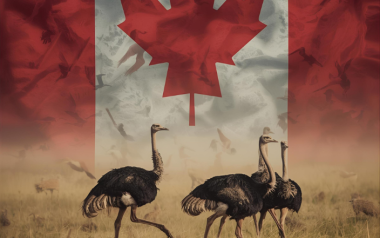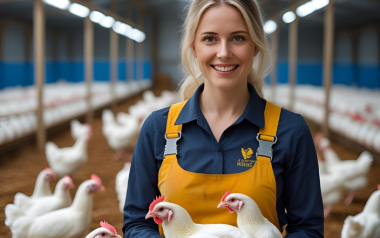Sources: Available upon request
09 Sep 2024
USDA defends response to influenza outbreak
The United States Department of Agriculture (USDA) has been actively defending its response to the recent outbreak of highly pathogenic H5N1 avian influenza, emphasizing the measures taken to protect both livestock and public health.
The United States Department of Agriculture (USDA) has been actively defending its response to the recent outbreak of highly pathogenic H5N1 avian influenza, emphasizing the measures taken to protect both livestock and public health. The USDA’s Animal and Plant Health Inspection Service (APHIS) has implemented a series of actions aimed at controlling the spread of the virus and mitigating its impact on the agricultural sector.
- One of the key steps taken by the USDA is the issuance of a Federal Order requiring mandatory testing for the interstate movement of dairy cattle.
- This measure ensures that dairy cattle are tested for Influenza A virus before being transported across state lines, thereby preventing the spread of the virus to new areas.
- Additionally, the USDA has mandated that laboratories and state veterinarians report any positive test results for Influenza A in livestock to APHIS. This reporting requirement helps the USDA track the spread of the virus and respond more effectively.
The USDA has also been working closely with the Centers for Disease Control and Prevention (CDC) to analyze the virus and assess its potential impact on both animals and humans. In one instance, a shift in an H5N1 sample from a cow in Kansas indicated a possible adaptation of the virus to mammals. However, further analysis by the CDC did not change the overall risk assessment for the general public.
- In addition to these measures, the USDA has announced financial support for producers affected by the outbreak.
- This includes assistance for improving on-site biosecurity to reduce the spread of the virus and financial tools to compensate for lost milk production in affected herds.
- The USDA is also providing support for the development of biosecurity plans based on existing secure milk supply plans.
The USDA’s response to the H5N1 outbreak has been characterized by swift action and collaboration with federal partners. Following the first detection of H5N1 in dairy cattle in the Texas panhandle region, the USDA and the Department of Health and Human Services (HHS) began tracing animal movements, sampling herds to assess disease prevalence, and initiating testing activities to ensure the safety of the meat and milk supplies. The USDA has leveraged the latest scientific data, field epidemiology, and risk assessments to mitigate risks to workers, the general public, and the livestock industry.
- Despite these efforts, the USDA has faced criticism from some quarters regarding the speed and effectiveness of its response.
- However, USDA officials have defended their actions, pointing out that the response to the current outbreak has been faster and on a larger scale compared to previous outbreaks.
- The USDA continues to engage with partners and stakeholders to refine its response strategies and ensure the health and safety of both animals and humans.
In conclusion, the USDA’s response to the H5N1 avian influenza outbreak has involved a comprehensive set of measures aimed at controlling the spread of the virus and supporting affected producers. Through mandatory testing, reporting requirements, financial support, and collaboration with federal partners, the USDA is working to protect the livestock industry and public health from the threat posed by this highly pathogenic virus.







































